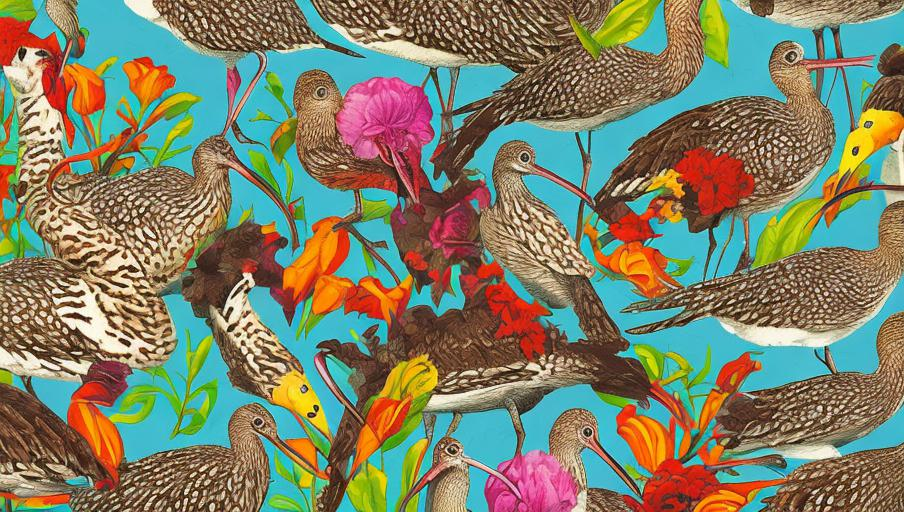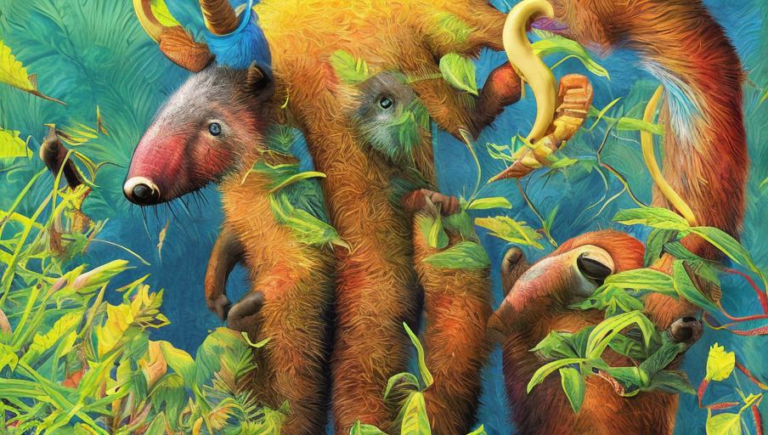Quick Guide to Identifying Curlew Species

Introduction to Curlews
The Curlew is a large, long-legged wading bird that is found in many parts of the world. These birds are typically identified by their long, down-curved beak and mottled brown feathers. They are a migratory species, so they can be found in different regions at different times of the year. Curlews are omnivorous and feed on invertebrates, small mammals, and other small animals. These birds are also known for their loud, distinctive calls.
Identifying Curlew Species
There are several different species of Curlew, and they can be identified by their size, color, and behavior. The Eurasian Curlew is the largest species and has a wingspan of up to 1.3 meters. It has a mottled brown and white plumage, and a long, down-curved bill. The Eurasian Curlew is found throughout Europe, Asia, and North Africa. The Bristle-Thighed Curlew is a smaller species, with a wingspan of up to 80 cm. It has a brownish-grey plumage and a short, straight bill. This species is found in the Pacific Islands and parts of Australia and New Zealand.
Habitat
Curlews are found in a variety of habitats, including wetlands, grasslands, and coastal areas. They typically nest on the ground, in marshes, and in dense vegetation. The Eurasian Curlew is found in wetlands, grasslands, and agricultural fields, while the Bristle-Thighed Curlew is found in open grasslands, coastal areas, and scrublands.
Behavior
Curlews are migratory birds, so they are seen in different parts of the world at different times of the year. They are also solitary birds, and can be seen foraging alone or in small groups. They feed on a variety of invertebrates, small mammals, and other small animals. Curlews are also known for their loud, distinctive calls, which are used to communicate with other birds.
Protection
Curlews are a protected species in many parts of the world, and their populations are monitored closely by conservationists. Their habitats are also being preserved and managed, in order to ensure that they have enough food and shelter to survive. Conservation efforts are also being taken to protect their nesting areas and breeding grounds.
Conclusion
Curlews are a fascinating species of bird, and can be identified by their size, color, and behavior. They are found in a variety of habitats, and their populations are monitored closely by conservationists. They are also a protected species in many parts of the world, and efforts are being taken to protect their habitats and nesting areas. By learning to identify these birds, we can help to protect and conserve them for future generations.





